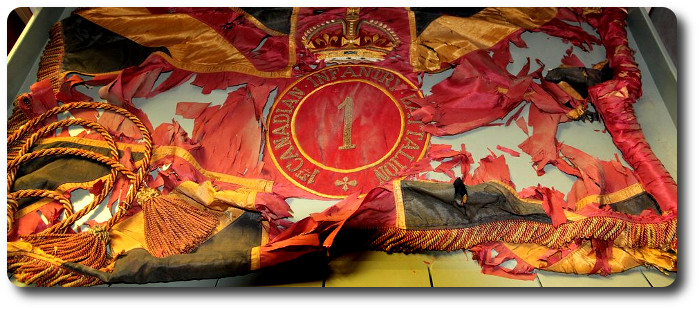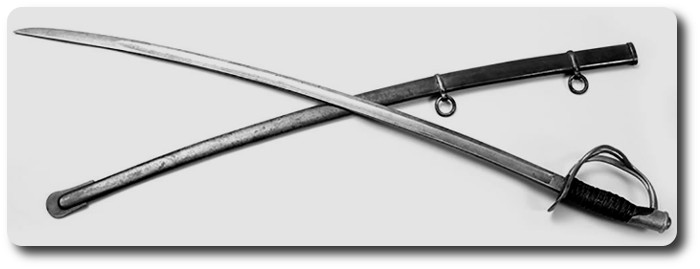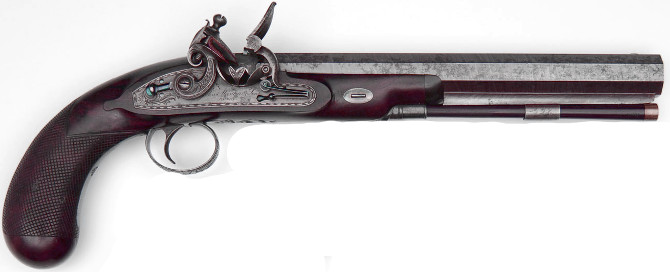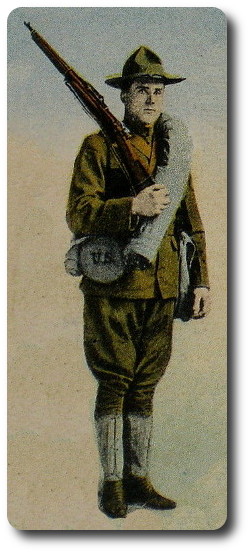Topic: Drill and Training

Thunder by the Left
The Glasgow Herald, 22 October 1964
By Alastair Phillips
We never had much truck with the sergeant-majors cast in the classic and fabulous mould of Freddie Archer. There were no such giants in the R.A.F., but merely a few diligent but not very effective imitations, whom we suspected of trying to model their personalities on hearsay and tall tales that came down from places like Pirbright.
Indeed, our own strongest recollection of a warrant officer first class is not of a big man with a voice like a bull, bout of a small slightly palsied one with a hoarse and studiously friendly whisper.
We should explain, however, that during that association we enjoyed the peculiar privilege (although only an aircrafthand-under-training) of being the barman in an officers' mess, an appointment with singular influence that cut across most formal distinctions of rank and service.
The station warrant officer was a man of regular habit, so regular in fact that at 10.30 every morning he put his head through the back door of the beer store and said reassuringly:—
"Carry on, airmen … Just looking around …Everything under control?"
And he always managed to look surprised when we handed him his pick-me-up. We have heard others, less favourably placed, say that he had a mean temper and a nasty tongue, but we must say that he never bawled us out in public and was always extremely co-operative in the matter of crafty forty-eights, railway warrants, and travelling time at each end of a leave.
We have, however, heard other strident and fearful tales from colleagues who had the harder luck of seeing their service out in the Army, one of whom, indeed still trembles when he recalls how he stood mumchance and stricken on the parade ground while the voice of a sergeant-major of the Guards bounced off the adjacent walls, and the echo in diminishing harmonics repeated:—
"It's dopey ——s like you what turns my hair grey."
This is a traditional image of screaming discipline which the Army public relations departments are not at pains to banish, and to this end a company of journalists were this week invited to a Royal Engineers' camp near Farnborough to meet 50 regimental sergeant-majors and to see for themselves (as one of the exhibits said is a courteously conversational tone of voice) that:—
"the days of the pig-ignorant loud-mouth have gone."

We do not doubt that the r.s.ms can still summon up a resonant word of command; but we are not persuaded that though, like Bottom, they may aggravate their voices so that they will roar you as gently as any sucking dove, they have not still a discreet whisper for the erring recruit's ear that will leave him squirming in the ranks.
So much was hinted by one of these n.c.o.s, a little self-conscious as a father figure, who explained:—
"I may not kick 'em, but I'm not going to kiss 'em."
There are some conventional misconceptions about the voice of the regimental sergeant major. It is not appalling because it is a great virile bellow; it is sinister and menacing because it is a high searing note that seems to be on the threshold of hysteria. It does not envelop the soldier with two left feet like the rumbling of thunder, but pierces his central nervous system like a nail scratching on glass.
Nor was it true that the voice was the sound of inevitable doom, however fearful it might be. It is said of Regimental Sergeant Major Charles Bradley of the Coldstreams that he never put a man on a charge. He was a tall thin man with a high squeaky voice and, they say, a kind heart. Gerald Kersh recalls the dreadful moment on parade when he realised that he had forgotten the bolt of his rifle and, although he was in a rear rank, saw Bradley bearing down upon him, only to whisper in the passing:—
"You wouldn't be much good in a war, would you?"
We do not know what are the soft spoken concessions that the new sergeant-majors make to "the higher standard of intelligence among recruits," but we may well wonder if these are a sufficient substitute for the regimental personalities of the old Archers and Paddy Flynns who stood to attention when the spoke to an officer on the telephone; who held pay parades for their children's pocket money; who instinctively snapped "Put you hat on straight" even to women they met in the street; and who spoke in voices that could be heard only by dogs and guardsmen.
Of standing, even in innocence, before RSM Bradley, one of our colleagues says, and still with awe:—
"It was like being in the presence of God."





 Custodians shall ensure that laid-up and deposited Colours are kept on display to the general public. They may not be stored or displayed in unaccessible areas, e.g. stored in sliding drawers in museum curatorial spaces with restricted access for scholarly research purposes only.
Custodians shall ensure that laid-up and deposited Colours are kept on display to the general public. They may not be stored or displayed in unaccessible areas, e.g. stored in sliding drawers in museum curatorial spaces with restricted access for scholarly research purposes only.




 Should a company be warned for active service, the sergeant, whose duty it is to warn the men of his squad, shall be provided with a blank roll, the heading of which shall be as follows:
Should a company be warned for active service, the sergeant, whose duty it is to warn the men of his squad, shall be provided with a blank roll, the heading of which shall be as follows:
 London, Nov. 15.—A curious survival of the martinet spirit of the old army appeared furing the recent visit of the King to the British troops in France, when an order was issued that the officers should appear with swords during the royal review. It was a costly order for the young officers, as few were provided with swords, which are a most expensive part of a kit.
London, Nov. 15.—A curious survival of the martinet spirit of the old army appeared furing the recent visit of the King to the British troops in France, when an order was issued that the officers should appear with swords during the royal review. It was a costly order for the young officers, as few were provided with swords, which are a most expensive part of a kit. 
 1. Soldierly spirit is the product of a high sense of personal honour and duty; of self-reliance and of mutual confidence between all ranks.
1. Soldierly spirit is the product of a high sense of personal honour and duty; of self-reliance and of mutual confidence between all ranks.




 [In the following article, Captain Liddell Hart, who has for long been regarded as one of the most brilliant military critics in Britain, examines the basic problem of modern warfare with results which both illuminate and vindicate the course taken by the Allied High Command on the Western Front.]
[In the following article, Captain Liddell Hart, who has for long been regarded as one of the most brilliant military critics in Britain, examines the basic problem of modern warfare with results which both illuminate and vindicate the course taken by the Allied High Command on the Western Front.]

 The Montreal Gazette, 5 March 1951
The Montreal Gazette, 5 March 1951


 The report of the state of the Dominion Militia, presented by
The report of the state of the Dominion Militia, presented by 




 Washington.—The heaviest laden pack animal of the army is the doughboy himself. Inch for inch for size or pound for pound for weight, the buck private of infantry carries on his back into battle double the burden handled by horses or mules or motor truck.
Washington.—The heaviest laden pack animal of the army is the doughboy himself. Inch for inch for size or pound for pound for weight, the buck private of infantry carries on his back into battle double the burden handled by horses or mules or motor truck.